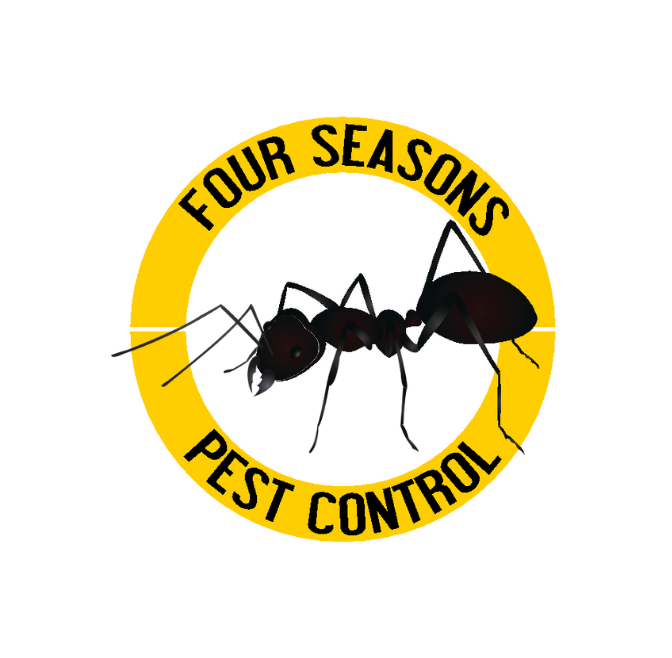Mice vs Rats
Appearance: Mice are generally smaller than rats, typically measuring around 2.5 to 3.75 inches long (excluding the tail). They have small, rounded ears, pointed noses, and long, thin tails. Depending on the species, their fur color can vary from light brown to gray. Rats size ranges from 7 to 10 inches long (excluding the tail). They have larger, more robust bodies with blunt noses and long, scaly tails. Depending on the species, their fur color can range from brown to black.
Nesting Habits: Mice prefer to nest in hidden, secluded areas close to a food source. Rats prefer to nest in hidden, dark areas away from human activity, such as basements, attics, sewers, and outdoor burrows.
Diet: Mice are omnivores and feed on a variety of foods, including grains, seeds, fruits, insects, and small amounts of meat. Rats are also omnivorous and have a more varied diet compared to mice, feeding on grains, seeds, fruits, insects, small animals, and even garbage.
Damage: Both have strong teeth and are capable of gnawing on wood, plastic, and electrical wiring, causing damage to structures and potential fire hazards.
Behavior: Mice are nocturnal creatures and are most active during the night. They are territorial animals and may fight or exhibit aggressive behavior towards other mice when sharing a space.
Rats are primarily nocturnal but can also be active during the day, especially in areas with high human activity. Rats are more social animals than mice, often living in colonies with complex social structures and hierarchies.
How to get rid of Mice or Rats
- Identify the signs of infestation, such as droppings, gnaw marks, nests, and unusual noises (scratching or squeaking sounds).
- Determine whether you are dealing with mice or rats to choose appropriate control methods.
- Seal all cracks, gaps, and openings around your home's exterior, including foundation vents, utility penetrations, and gaps around doors and windows.
- Use materials like steel wool, hardware cloth, and caulk to seal entry points that rodents could use to access your home.
- Keep your home clean and free of food crumbs, spills, and clutter.
- Store food in airtight containers, and avoid leaving pet food out overnight.
- Dispose of garbage regularly and use secure trash bins with tight-fitting lids.
- If you have a persistent or large-scale infestation, consider hiring a licensed pest control professional.
- Professionals have access to more potent rodenticides and can provide targeted treatments to eliminate mice or rat infestations effectively.
